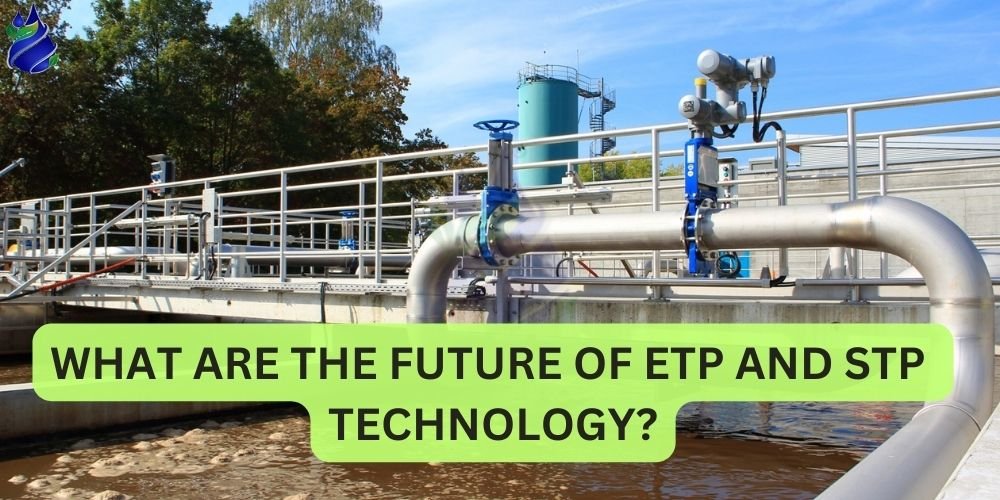
Introduction
Wastewater treatment plants are essential to preserving the health of the environment and the general people. Wastewater production rises sharply with population growth and the expansion of industrial activity. The environment and human health are seriously threatened by this effluent if it is not treated effectively.
- First of all, there are many different types of contaminants found in untreated wastewater, such as chemical pollutants, pathogens, and nutrients. Such untreated water discharges into natural bodies have the potential to contaminate water, damage aquatic life, and spread illness. In order to remove or reduce these toxins to levels that are safe for the environment and human consumption, wastewater treatment plants are crucial.
- Second, these plants guard against aquatic bodies losing their oxygen. When organic matter is introduced into untreated wastewater, bacteria that break down the contaminants might cause an oxygen shortage. Fish and other aquatic life may suffer as a result of this oxygen shortage. Aeration and biological treatment are two wastewater treatment techniques that raise oxygen levels and promote a more robust aquatic ecology.
- Additionally, treating wastewater helps to preserve water supplies. Treatment facilities lessen the strain on freshwater resources by cleaning and recycling water, especially in areas where water is scarce. By using a sustainable method, water availability is protected for upcoming generations.To sum up, wastewater treatment plants are essential for maintaining water quality, stopping the spread of illness, and safeguarding ecosystems.
STP and ETP
The terms STP and ETP relate to two distinct wastewater treatment systems that are essential to environmental preservation.
The Waste Treatment Plant is referred to as STP. It is a facility made to handle and clean up sewage, guaranteeing that the water released back into the environment is safe and clear of dangerous substances. To remove pollutants like solids, organic matter, and pathogens from sewage, physical, chemical, and biological methods are usually used. Physical separation of solids is the first step in primary treatment; biological processes are used in secondary treatment to further purify the water; and additional polishing can be achieved with tertiary treatment.
However, ETP, or effluent treatment plant, is a different acronym. Before being released into the environment or into municipal sewage systems, industrial wastewater is treated by this system in a variety of industries. ETPs are made to remove particular pollutants, like chemicals, heavy metals, and other harmful materials, that are produced by industrial processes. Chemical, physical, and biological processes are among the treatment techniques used in ETPs; these techniques are dependent on the specific contaminants found in the industrial effluent.
Advantages of STP and ETP
In terms of environmental management, sewage treatment plants (STPs) and effluent treatment plants (ETPs) have various benefits. By treating household wastewater, STPs stop dangerous pollutants from getting into waterways. They contribute to the preservation of aquatic ecosystems, improve sanitation, and safeguard public health. Sustainable water management is further supported by the repurposing of treated STP water for non-potable uses.
Similarly, by treating effluents prior to discharge, ETPs are essential in industrial settings. The protection of receiving water bodies, adherence to environmental regulations, and a decrease in industrial pollution are all benefits of ETPs. ETPs assist businesses in conserving water, reducing their environmental impact, and exhibiting corporate responsibility. In general, biodiversity, water quality, and the general health of the environment are all preserved by STPs and ETPs.
Future of STP and ETP
Innovation, sustainability, and technological advancements will play a bigger role in the future of wastewater treatment plants (STPs) and effluent treatment plants (ETPs). There is a strong push to improve wastewater treatment process efficiency through Advanced Treatment Methods as environmental issues become more widely recognized.
Sewage treatment plants (STPs) should expect to see developments in decentralized treatment systems, smart monitoring technologies, and renewable energy integration in the upcoming years. It may become more common to reuse treated sewage for industrial and agricultural uses, supporting a circular economy and resolving issues with water scarcity.
The future of Effluent treatment plants (ETPs) includes developing eco-friendly treatment technologies, integrating artificial intelligence for process optimization, and implementing cleaner production techniques. It is expected of industries to make investments in environmentally friendly practices, reduce their impact on the environment, and aim for zero liquid discharge.
All things considered, STP and ETP's future suggests more technologically sophisticated, ecologically sound, and sustainable solutions that support international initiatives to prevent pollution and conserve water.
Conclusion
For assistance with the establishment of any of the aforementioned treatment plants, please contact Trity Enviro Solution at +91 9821030072 or via email at enquiry@trityenviro.com. We are manufacturers of sewage treatment plants, water softener plants,commercial RO plants, industrial RO plants and effluent treatment plants.


